Stephen Willats
Languages Of Dissent
25 May - 18 Aug 2019
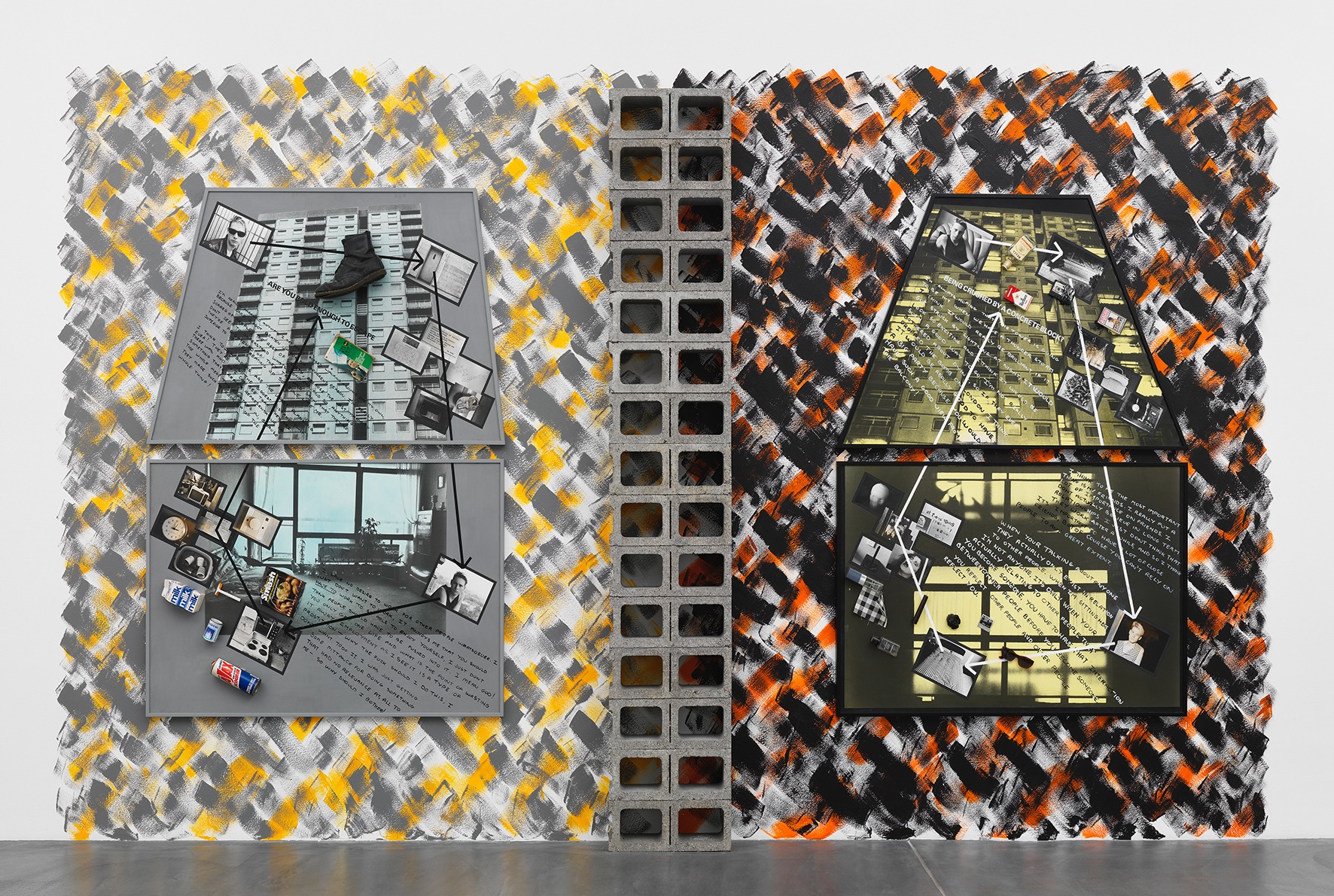
Stephen Willats, A Difficult Boy in a Concrete Block, 1983, Sammlung Migros Museum für Gegenwartskunst. B/w photographs, photographic dye, Letraset text, ink, acrylic, felt pen, objects on card; emulsion, 13 concrete blocks, ca. 290 x 500 x 17 cm
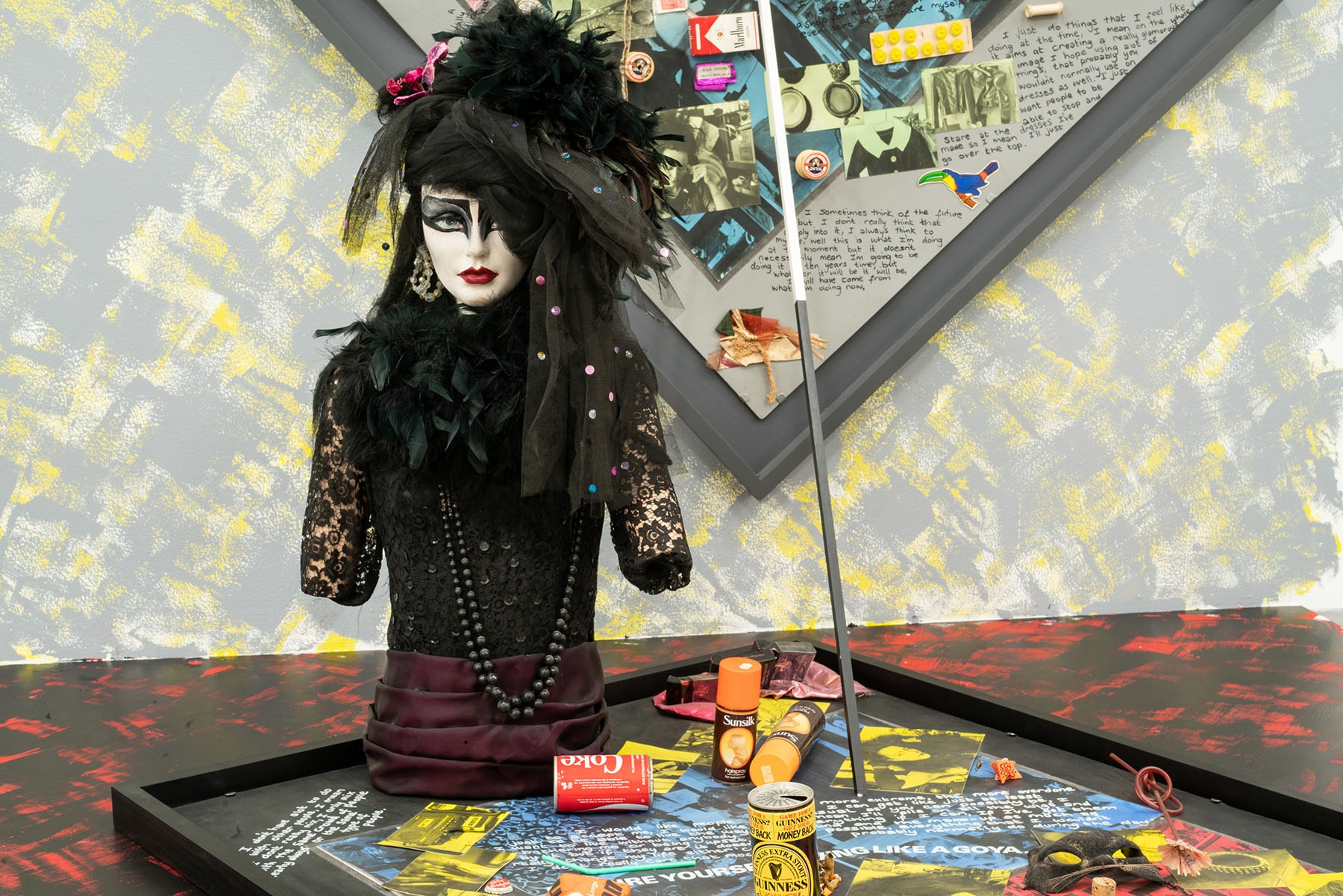
Stephen Willats, Living Like a Goya, 1983, exhibition view Migros Museum für Gegenwartskunst, photo: Lorenzo Pusterla, Courtesy the artist and Victoria Miro, London
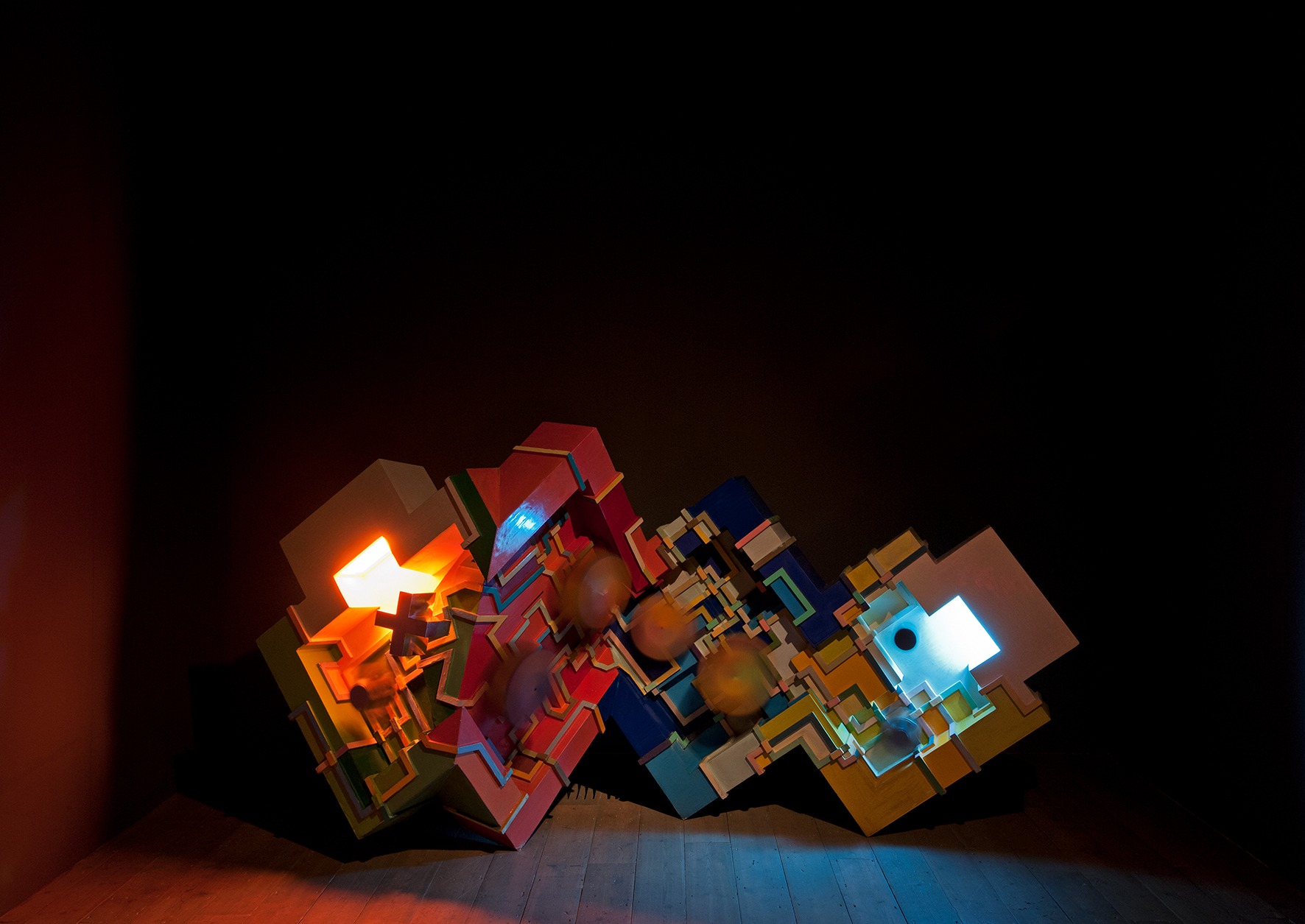
Stephen Willats, Visual Transmitter No. 2, 1968, wood, resin, Perspex, electronics, 304.8 × 149.4 × 91.4 cm, Private collection
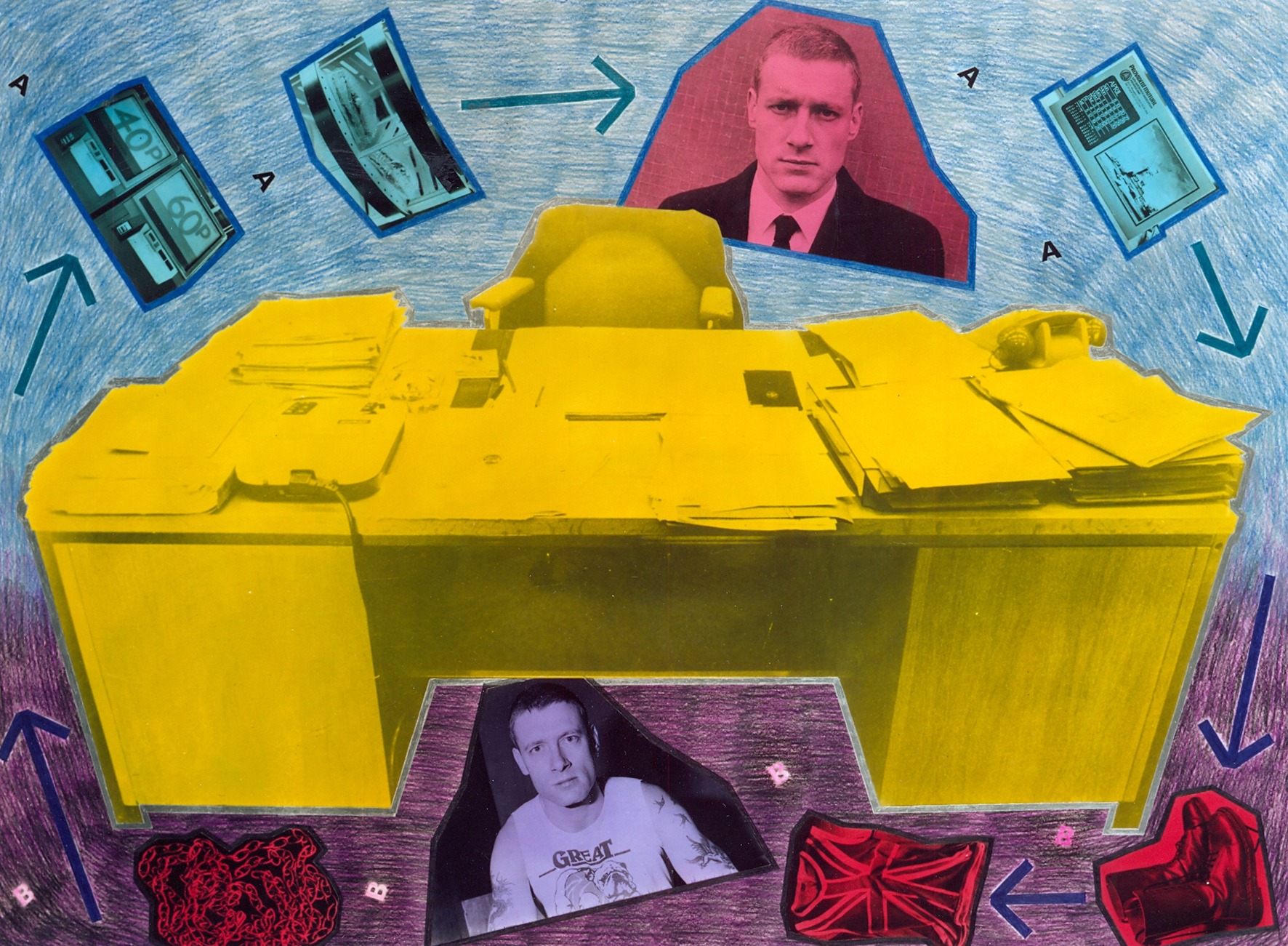
Stephen Willats, A to B, 1985, photographic prints, crayon, felt tip pen on paper, 101.5 × 137 cm. Courtesy the artist

Stephen Willats, Meta Filter, 1975, wood case, with electronics and slide projector mounted inside; Perspex screens on each side of case; Problem Book used by operators, 152.5 × 183 × 152.5 cm, Museé d’art contemporain de Lyon

Stephen Willats, Multiple Clothings, 1991/1997, exhibition view Migros Museum für Gegenwartskunst, photo: Lorenzo Pusterla. Courtesy the artist and Galerie Thomas Schulte, Berlin
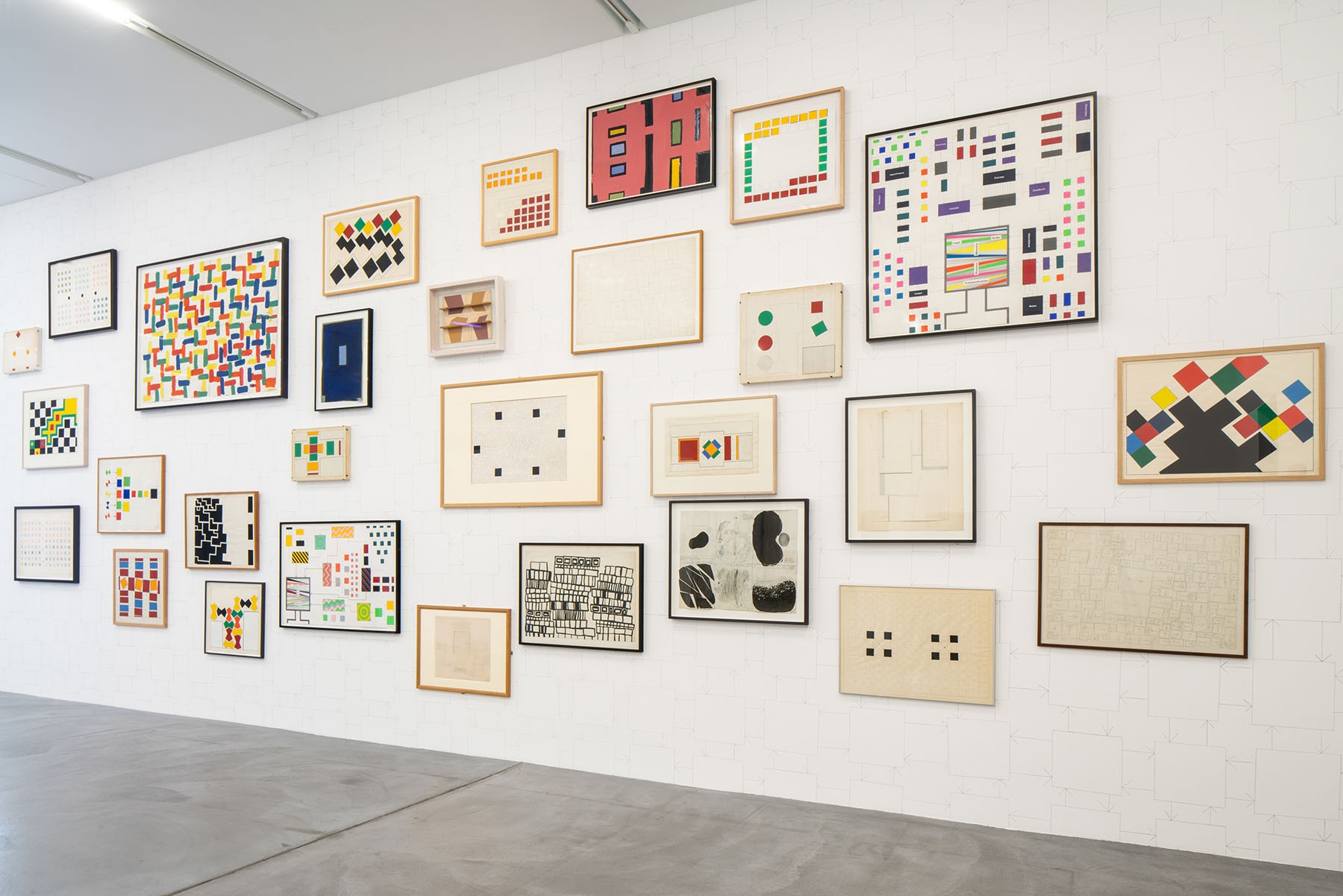
Stephen Willats, Languages of Dissent, exhibition view Migros Museum für Gegenwartskunst, photo: Lorenzo Pusterla
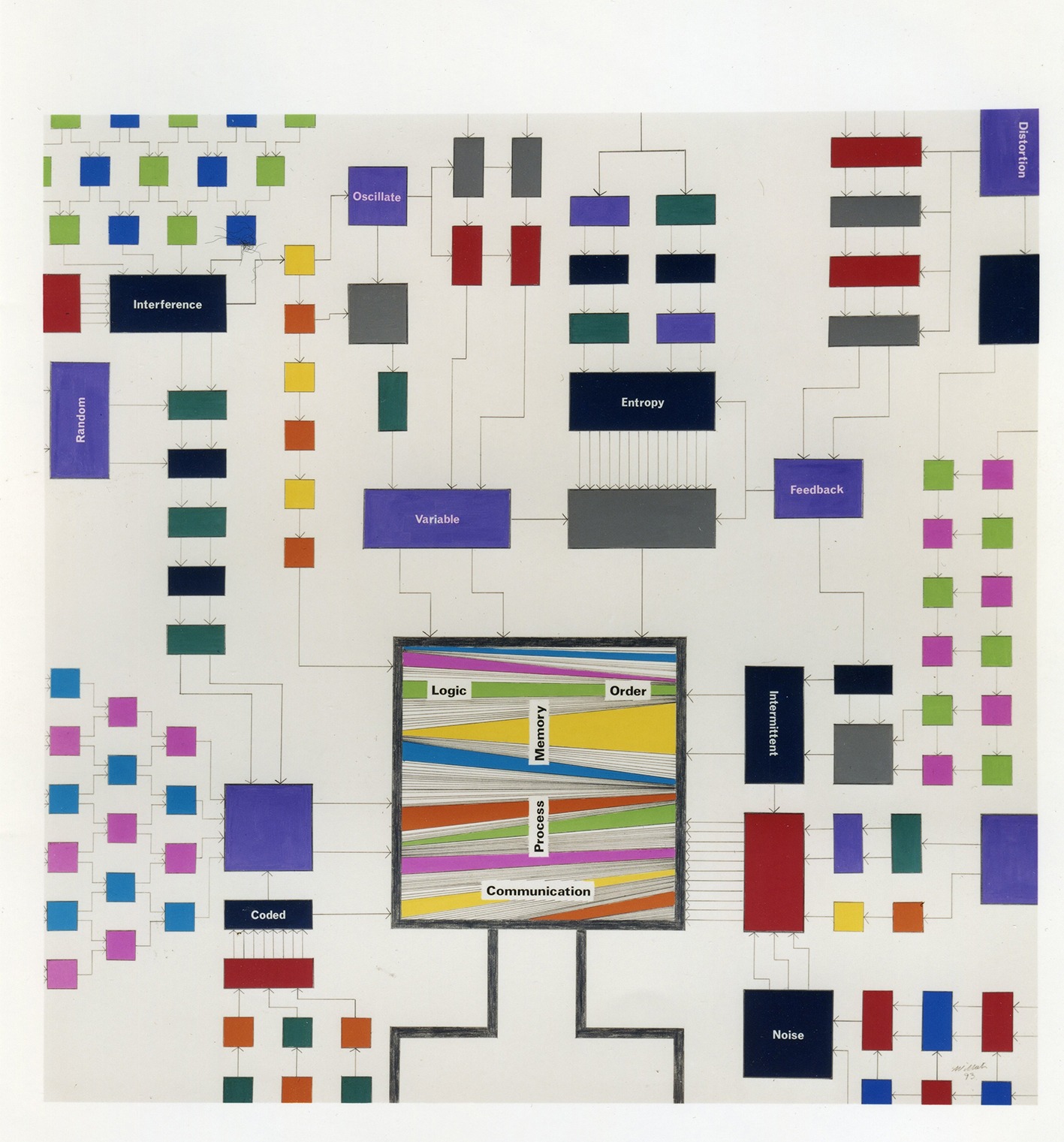
Stephen Willats, VDU Transformation Series No. 9, 1989, poster paint, pencil on paper, 68.5 × 101 cm, Private collection

Stephen Willats, Conceptual Tower Series No. 10, 1987, Photographic prints, pencil on paper, 80 x 134 cm, Courtesy the artist and Victoria Miro, London
STEPHEN WILLATS
Languages Of Dissent
25 May – 18 August 2019
The work of the British conceptual artist Stephen Willats (b. London, 1943) interrogates structures of community life and social interaction. Exploring the modular architecture of social housing projects, he spotlights forms of individual creative adaptation that defy the uniformity and functionality of the spaces. Such dissent with normative parameters is especially Interesting to Willats because it is where individuality reveals itself and selfdetermination is articulated. He finds similar modes of nonconformist expression in London’s experimental underground club scene and in places on the urban periphery where teenagers seek escape from institutional or conformist pressures. His understanding of what art is and does is reflected in a collaborative and interdisciplinary practice that takes inspiration from sciences beyond the realm of art. Since the 1960s, his work has been influenced by cybernetics, the study of reciprocal relations in dynamic systems, which helps him think through autonomous forms of organization and their structures of control and communication. Providing him with both a method and an aesthetic vocabulary, it is fundamental to his redefinition of the social function and agency of art.
Curated by Heike Munder (director, Migros Museum für Gegenwartskunst), the exhibition is accompanied by a monograph with essays by Bronac Ferran, John Kelsey, Andrew Wilson, and Heike Munder.
Languages Of Dissent
25 May – 18 August 2019
The work of the British conceptual artist Stephen Willats (b. London, 1943) interrogates structures of community life and social interaction. Exploring the modular architecture of social housing projects, he spotlights forms of individual creative adaptation that defy the uniformity and functionality of the spaces. Such dissent with normative parameters is especially Interesting to Willats because it is where individuality reveals itself and selfdetermination is articulated. He finds similar modes of nonconformist expression in London’s experimental underground club scene and in places on the urban periphery where teenagers seek escape from institutional or conformist pressures. His understanding of what art is and does is reflected in a collaborative and interdisciplinary practice that takes inspiration from sciences beyond the realm of art. Since the 1960s, his work has been influenced by cybernetics, the study of reciprocal relations in dynamic systems, which helps him think through autonomous forms of organization and their structures of control and communication. Providing him with both a method and an aesthetic vocabulary, it is fundamental to his redefinition of the social function and agency of art.
Curated by Heike Munder (director, Migros Museum für Gegenwartskunst), the exhibition is accompanied by a monograph with essays by Bronac Ferran, John Kelsey, Andrew Wilson, and Heike Munder.
